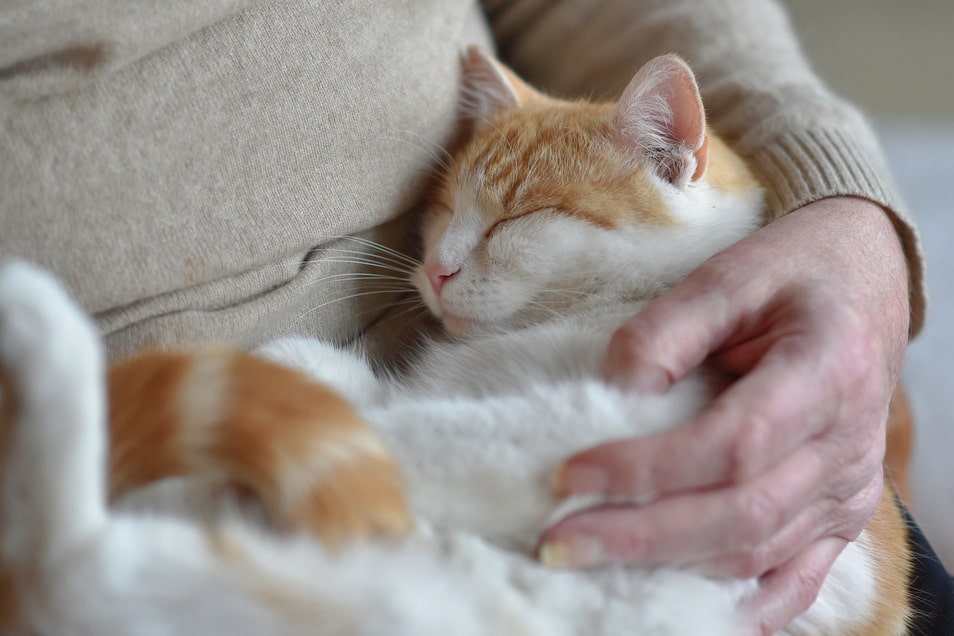1K
Borna virus is a very rare but potentially fatal infectious disease that is transmitted by shrews. There is no cure or vaccination
Borna virus: Rare but deadly
The Borna virus, like the coronavirus or the hantavirus, is a zoonosis. These are infectious diseases that are transmitted from animals to humans. In the case of the Borna virus, it is mainly shrews that carry the virus and can pass it on to humans.
- If a person is infected with the Borna virus, flu-like symptoms such as headaches and fever occur first. As the disease progresses, neurological abnormalities such as confusion or speech disorders occur.
- In addition, a severe inflammation of the brain (encephalitis) often develops, causing the infected person to fall into a coma and ultimately die.
- The Borna virus (BoDV-1 – Borna Disease Virus 1) is almost always fatal, but only occurs very rarely. To date, only around 50 cases of Borna virus infection in humans have been recorded nationwide
- The virus was first identified as a cause of severe encephalitis in humans in 2018. Since then, the disease has also been notifiable. As already mentioned, the severe course of the disease claims many lives. In Germany, only four people have survived the infection, who are still struggling with severe late effects today.
- An infection with the Borna virus can only be treated symptomatically. There is no cure, such as appropriate medication or a vaccination.
From animal to human: transmission not yet fully understood
It is certain that the shrew is the carrier of the Borna virus. However, the exact transmission mechanism of the virus from animals to humans is not yet fully known. What is certain is that the pathogens pass from mice to humans via saliva, feces and urine.
- If a person comes into contact with the pathogen via contaminated food, leftover food or dust, they can become infected. The same applies to a bite from a mouse. Farmers and forestry workers are therefore particularly at risk. Camping in the forest or on meadows can also lead to contact with the shrew.
- There is also a high risk of infection when cleaning sheds, stables or attics, especially in rural areas. You can also come into contact with infected excrement when gardening
- It is all the more important to protect yourself and take preventative measures. To prevent infection in the first place, you should wear (disposable) gloves and a face mask when carrying out the work described above.
- Attention: Cat owners should also exercise caution. If your cat brings home a dead shrew, you should dispose of the carcass as quickly as possible using gloves and a shovel. If you come into contact with an animal, it is advisable to change and wash your clothes, take a shower and wash your hair thoroughly.
- After all, the outbreak of an epidemic is quite unlikely, as human-to-human transmission is not yet known.

